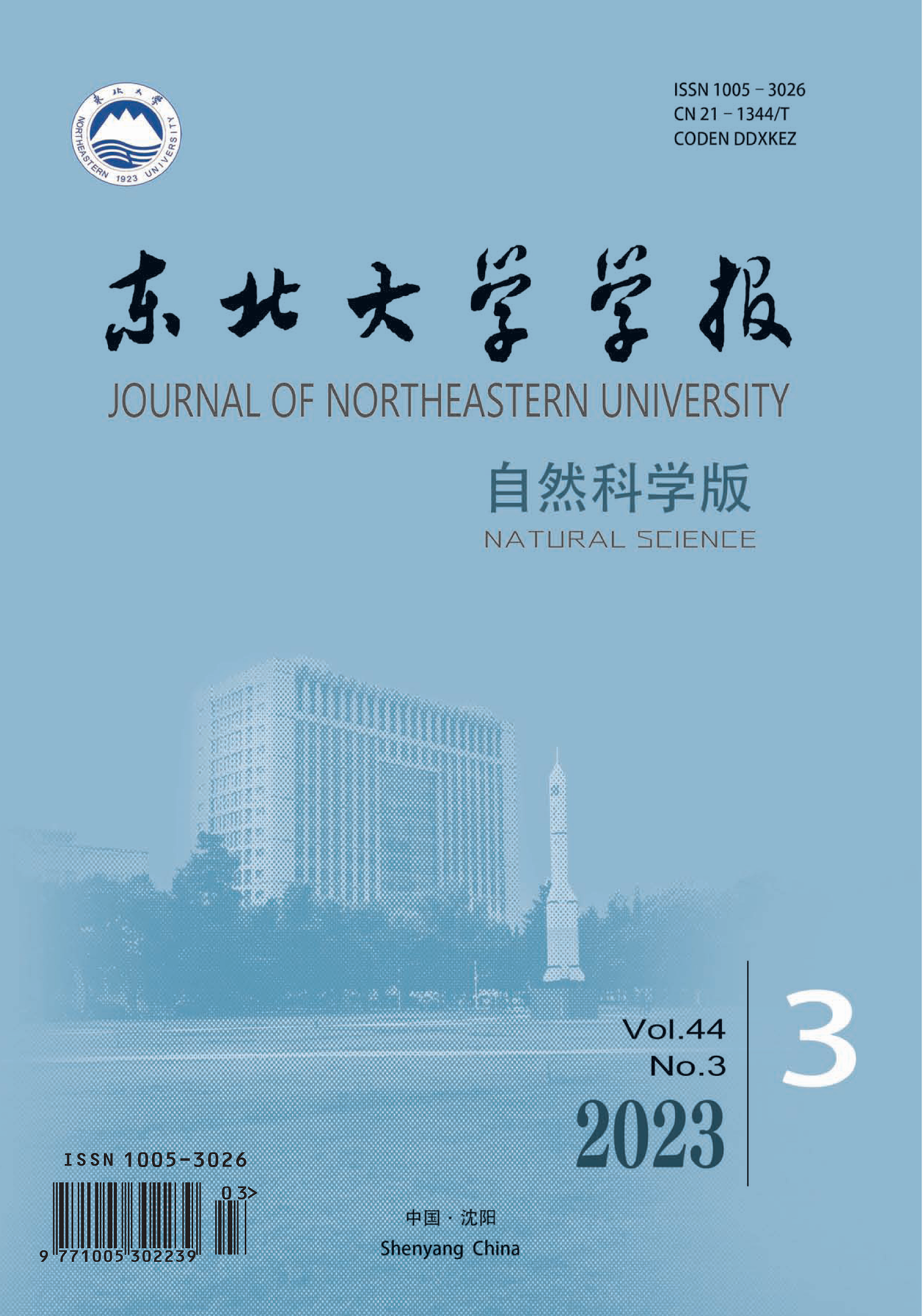|
|
A brain tissue extraction algorithm based on an improved C-V model
Jia, Di (1); Yang, Jin-Zhu (1); Zhang, Yi-Fei (2); Yu, Ge (2)
2011, 32 (4):
489-492.
DOI: -
Through improving C-V model in three aspects, a new rapid and accurate method for brain tissue extraction is presented. First, segmentation speed was enhanced through improving the classical distance matrix, with the distance function convergence improved compromising accuracy. Secondly, the improved method changed the uniqueness of classical results and made the evolving lines stop at the same level gray, so spinal fluid could be wiped off, and white/gray matter was extracted more accurately. Finally, a dynamic condition for ending iteration was proposed through comparing the interval frames. This improvement changed the flaw of setting evolving times to end iteration, and improved veracity and speed. Results indicated that these improvements make brain tissue extraction more rapid and accurate, and could be helpful to doctors in making confirmed diagnoses.
References |
Related Articles |
Metrics
|

